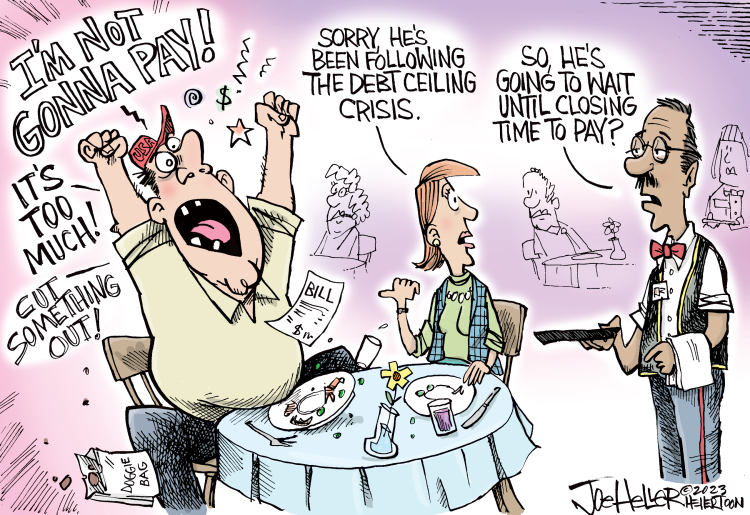Humans are notoriously bad at large numbers. It's hard to wrap our minds around something of that scale. We're wired to think locally and linearly, not exponentially (it's one of the reasons I love AI so much). Here are a couple of ways to help you understand a billion dollars.
via AskOpinion
First, let's look at spending over time. If you were to spend a dollar every second for an entire day, you would spend $86,400 per day. If you have a million dollars, you can do that for approximately twelve days. With a billion dollars, you can do that for over 31 years. Ignoring the difference between net worth and cash, Jeff Bezos could spend $9M per day for over 31 years.
If you make $100k a year, you can earn $1 million in 10 years. At the same rate, it would take you 10,000 years to make $1 billion.
For another example, let's think about spending money. Imagine making $50k a year as the base, and imagine buying a laptop, a car, or a house. Now we're going to shrink the cost of those items, instead of increasing your pay. If you were a millionaire, a laptop might cost the equivalent of $100 dollars, a Porsche, $3,000 dollars, a house, $25,000. Now, let's say you're Mike Bloomberg and you're worth $60B. A laptop is literally worth pennies, a Porsche is less than 60 cents, and your mansion would cost around 500 dollars. You could have everything you ever wanted for a minute fraction of your wealth.
Okay, last one before I show a video ...
Let's try explaining it through time. 50,000 seconds is just under 14 hours. A million seconds was 11 days ago. A billion seconds ago from today? 1988. Pretty crazy.
Here's a video from the 1970s that helps you understand scale through the power of tens, and an exploration of our universe.
Eames Office via BetterExplained
Hopefully, that was helpful!
Now that you have this context, Forbes keeps a real-time list of Billionaire's valuations based on the trading data from the previous day.
As I type this, Elon beats out Bernard Arnault (and family) by about 9 billion, coming in at a whopping $226.4B.



 Pornhub via
Pornhub via
Where Gen Z Gets Financial Advice ...
I recently hired a new research assistant and brought her to a conference where I gave two speeches and a breakout session.
After I spoke, I asked her what she thought, and her answer surprised me.
She said there were many opportunities for improvement, and she didn't know why I wasn't already doing it.
She said I ignored the young people in the room ... And that my material, language, and attention were targeted toward older people (like me).
As annoying as it was - she had a point.
Take a look at this survey from Vericast.
OK, it is just a survey - still, that's staggering information.
The younger generation is getting advice from places like TikTok and YouTube (decidedly not The Economist, Wall Street Journal, Bloomberg, or even LinkedIn).
While I am on LinkedIn, Facebook, Instagram, YouTube (and even TikTok), those are not places I would search for detailed financial advice.
However, social media is a great place to start conversations - or to gain some perspective or context. It is even a good place to figure out some questions to get you thinking about your future better.
The wisdom of the crowd is good. But expert advice is considered "expert" for a reason. And, often, it makes sense to seek it out specifically.
I doubt I'm currently reaching many Gen Z'ers ... but if you're reading this ... please expand your sources for getting financial advice beyond TikTok and YouTube.
For the older crowd ... I have found it hard enough to change myself, so I don't often expect to change others. With that in mind, it may be time to adjust your communication strategy to include TikTok and YouTube. If you can't change them, you might as well meet them where they are.
I just launched a TikTok channel called BotheringMyBoss. It's run by that research assistant. It's a bit outside of my comfort zone. But, hopefully, it opens a communication channel with a younger audience.
Let me know what you think.
Posted at 05:25 PM in Business, Current Affairs, Ideas, Market Commentary, Trading, Writing | Permalink | Comments (0)
Reblog (0)